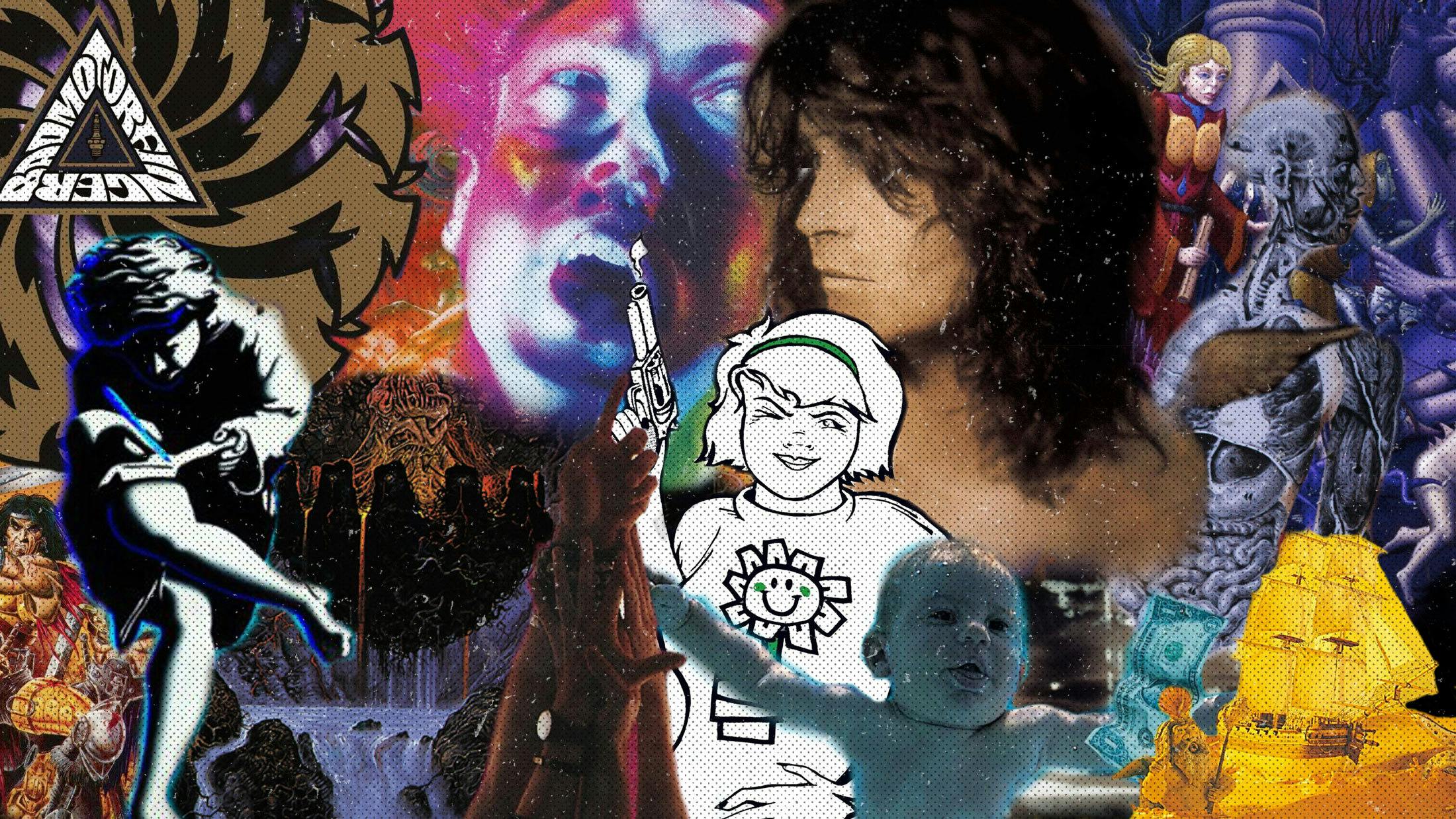The six weeks between August 12 and September 24, 1991 might just be the greatest in the history of heavy music. All-time classics like Nirvana’s Nevermind, Red Hot Chili Peppers’ Blood Sugar Sex Magik, Pearl Jam’s Ten, Guns N’ Roses’ Use Your Illusion duo and Metallica’s Black Album all dropped during that heady summer spell, and still feel as important now as they did back then. Looking back at the year’s news stories, however, confirms that it was a whole generation ago.
The first Gulf War was arguably the biggest headline-grabber of an indisputable annus miserabilis, with the 1990 Iraqi invasion of Kuwait triggering the Operation Desert Storm counteroffensive by UN and U.S. troops, which started in earnest in January 1991. By the end of February, American President George H. W. Bush declared a ceasefire and the end of the conflict.
The beginning of the break-up of the U.S.S.R. in September – following a vote by the Congress Of People’s Deputies – was the year’s other major world event, with countries like Uzbekistan, Tajikistan, Kyrgyzstan, Azerbaijan, Ukraine, Moldova, Lithuania, Latvia, Belarus, Estonia all declaring independence.
Elsewhere, a referendum in South Africa saw the abolition of its old apartheid laws and the creation of a new constitution, specifically for the support of the Rainbow Nation’s modern, multicultural society.
